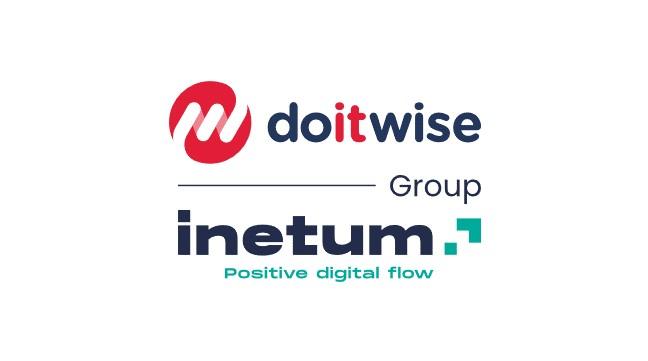Predictive Maintenance: from ‘fail & fix’ to ‘prevent & predict’
Predictive Maintenance: from ‘fail & fix’ to ‘prevent & predict’
The Energy and Utilities booklets - Business Challenge #2
In light of the major changes in the Energy and Utilities sector, ensuring the continuity of operations is essential in all circumstances. By identifying the risks of failure thanks to detailed knowledge of the equipment, predictive maintenance addresses this challenge. It promises an optimised production model.
Creation date :
- OVERVIEW
A sector facing major changes
Competition from newcomers, growing energy demands, self-consumption, climate change, outdated facilities, regulations, smart grids, smart cities, smart buildings... Players in the energy and utilities sector are currently facing major changes. Electricity, gas and water are now considered commodities; their valuation no longer lies in their access, but in their use and related services. For instance, the dynamic distribution of power supply in a neighbourhood, the remote control of a building’s comfort temperature or ensuring the proper operation of a wind farm.
These services require optimal management of production, transmission and distribution equipment, while focusing on cost reduction. Intervening on an asset according to its actual condition rather than according to a provisional schedule is one of the challenges of predictive maintenance. After curative and preventive maintenance, this new approach is based on in-depth knowledge of the equipment to accurately anticipate failure risks.
Predictive maintenance takes advantage of the digitalisation of equipment. When connected to sensors, the latter emit weak signals concerning their operating condition. After processing, the data collected is compared to failure ‘signatures’ modelled by predictive algorithms based on historical device malfunction information. When an equipment status approaches a signature, a real-time alert is sent to initiate remediation before failure occurs.
- TAKING UP THE CHALLENGE
Predictive maintenance, a corporate programme
The challenge is, therefore, to have the most reliable detection rate possible, with an alert threshold that is fine-tuned over time through machine learning. The integration of external data, particularly meteorological data, can also help measure the influence of the immediate environment on the performance of the equipment to adapt production accordingly. This anticipation makes it possible to plan interventions as closely as possible to needs in order to avoid unnecessary, costly actions by technicians, to optimise spare parts logistics and prevent drops in productivity by reducing the risk of unplanned outages. For a connected site, detailed equipment status knowledge and early failure management are expected to reduce consumption costs and improve productivity.
Choosing the objects to connect, qualifying the data to be processed, selecting the communication protocols, validating the analysis algorithms, dashboards, etc., all require the combination of business, telecom and IT (IS, UX/UI Design) expertise in a co-construction approach. A predictive maintenance project is part of a corporate programme and its many initiatives: project management, data management, the assembly of technological building blocks, industrial roll-out, change management (bringing together teams that do not usually meet, to work together), starting with the requisite corporate programme in collaboration the Executive Committee. The programme is all the more complex as it is part of the company's global digitalisation.
- REFERENCE POINT
630 billion dollars : according to a study by McKinsey*, this is the amount that companies are expected to save by 2025 thanks to predictive maintenance. Reduced maintenance costs will account for 10 to 40% of savings, the number of failures will be cut in half and the sums invested in new machines will decrease by 3 to 5% thanks to their increased lifespans.
(*Source : www.mckinsey.com)
- #Observer Voice
‘Competition forces energy producers and industrialists alike to ensure that there are no interruptions in production or services on their sites. By having granular data on the operation of their equipment, they can anticipate fluctuations in production, and fine-tune the use of machines according to external parameters such as the climate. Predictive maintenance is the Minority Report of maintenance.’ “
François Boncenne, Director of the Energy, Utilities and Chemicals Sector, Inetum
- #Inetum Solution
As an end-to-end integrator of all technological building blocks (IoT, Big Data, Analytics, AI, Data Visualization, UX/UI Design, portal, mobile, API and IS integration) across the entire value chain, Inetum assists companies in their digital transformation by leveraging Cumulocity (Software AG), Microsoft Azure IoT and SAP Leonardo platforms and the Big Data Hadoop processing environment. From consulting to data acquisition and visualisation, as well as data processing, enrichment, storage and export, Inetum stands out for its ability to offer an industrialised, agile, made-to-measure model.

